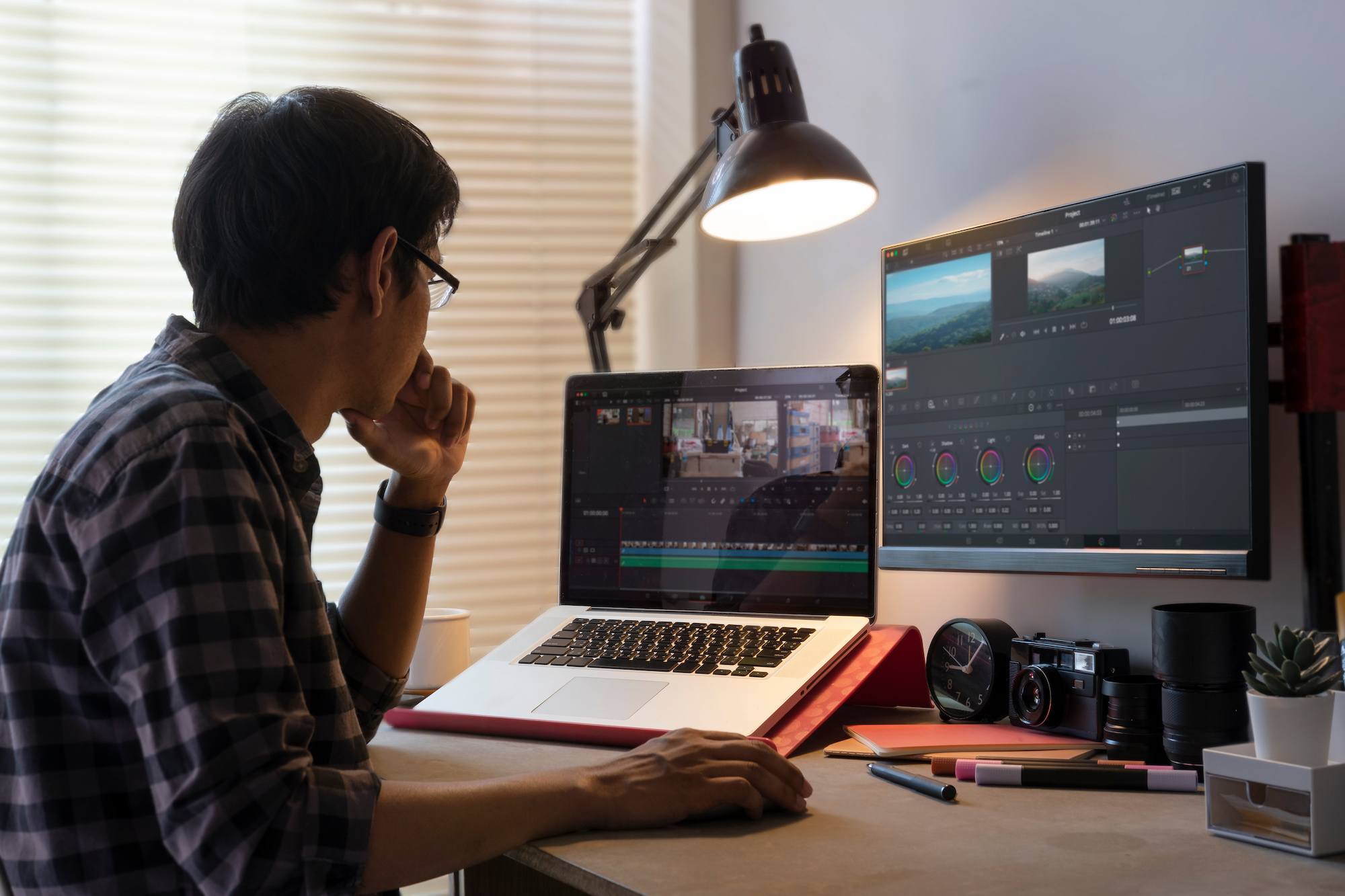How to Turn a Picture into a GIF
By Blake
Published July 13, 2023
 How to Turn a Picture into a GIF
How to Turn a Picture into a GIF
Have you ever come across a captivating GIF and wondered how it was made? GIFs are a popular form of visual content that can convey emotions, showcase products, or simply add a touch of creativity to your online presence. In this article, we'll guide you through the process of turning a picture into a GIF, whether it's a JPG, PNG, or any other image format. Let's dive in and explore the exciting world of GIF creation!
1. Choosing the Right Software
To begin your journey into GIF creation, you'll need software that can handle the conversion process. There are numerous options available, ranging from simple online tools to more advanced image editing software. Here are a few popular choices:
- Adobe Photoshop: A powerful and professional software that provides extensive control over image editing and GIF creation.
- GIMP: A free and open-source alternative to Photoshop, offering similar functionalities for converting images to GIFs.
- Online Tools: Websites like Ezgif, GIPHY, and Convertio offer convenient online converters for transforming pictures into GIFs.
2. Selecting Your Image
Once you have your preferred software or online tool ready, it's time to choose the image you want to convert. You can use any image format, including JPG, PNG, or BMP. Consider selecting a picture that has distinct elements or features, as they will be more noticeable in the final GIF.
3. Editing and Adjusting the Image
To enhance the visual appeal of your GIF, you may need to make some adjustments to your image. Here are a few editing techniques you can apply:
- Resize: If necessary, resize your image to the desired dimensions for your GIF.
- Crop: Remove any unnecessary parts of the image to focus on the subject or main elements.
- Adjust Colors: Experiment with brightness, contrast, and saturation to achieve the desired effect.
- Add Text or Graphics: Consider overlaying text, logos, or other graphics to personalize your GIF.
4. Converting the Image to a GIF
Now comes the exciting part – transforming your image into a GIF. The process may vary slightly depending on the software or online tool you're using. However, the general steps involve:
- Opening your image in the chosen software.
- Accessing the "Save As" or "Export" option.
- Selecting the GIF format and adjusting the settings if necessary (e.g., animation speed, looping).
- Saving the file to your desired location on your computer.
5. Testing and Fine-tuning Your GIF
Once your GIF is created, it's crucial to test it and make any necessary adjustments. Open the GIF in your preferred web browser or image viewer to ensure it appears as expected. If needed, you can go back to your chosen software and refine the settings until you achieve the desired result.
Congratulations! You've successfully turned your picture into a captivating GIF. Now, let's address some frequently asked questions to further enhance your understanding:
Frequently Asked Questions (FAQs)
Can I convert any image format into a GIF?
Absolutely! You can convert images of various formats, such as JPG, PNG, BMP, or even GIF, into animated GIFs. Just follow the steps outlined in our guide using the appropriate software or online tool.
Are there any size limitations for GIFs?
While there are no strict size limitations, it's essential to consider file size and loading times. Optimize your GIF by resizing it, reducing the number of frames, or adjusting the color palette to maintain a balance between visual quality and file size.
Can I add effects or filters to my GIF?
Yes, you can! Many software programs and online tools offer options to add effects, filters, or transitions to your GIF. Explore the features of your chosen software to unleash your creativity and make your GIFs truly unique.
How can I use my GIFs effectively?
GIFs are versatile and can be used in various ways. You can share them on social media platforms, embed them in blog posts, use them as reactions in messaging apps, or even include them in email campaigns to grab attention and engage your audience.
Is it possible to edit a GIF after creating it?
Yes, you can edit your GIF even after creating it. Keep the original project file or save the layers separately in case you need to make future modifications. Some software programs allow you to edit existing GIFs directly, making it easy to refine or update them.
Conclusion
Now that you have the knowledge and tools to turn your pictures into engaging GIFs, let your creativity flow and bring your visuals to life. Start experimenting, have fun, and explore the endless possibilities of GIF creation!
Remember to choose the right software, edit and adjust your image, convert it to a GIF, and test and fine-tune your creation. With these steps, you'll be well on your way to crafting captivating GIFs that captivate your audience.
Note: Remember to always respect copyright laws and obtain proper permissions when using images that aren't your own.